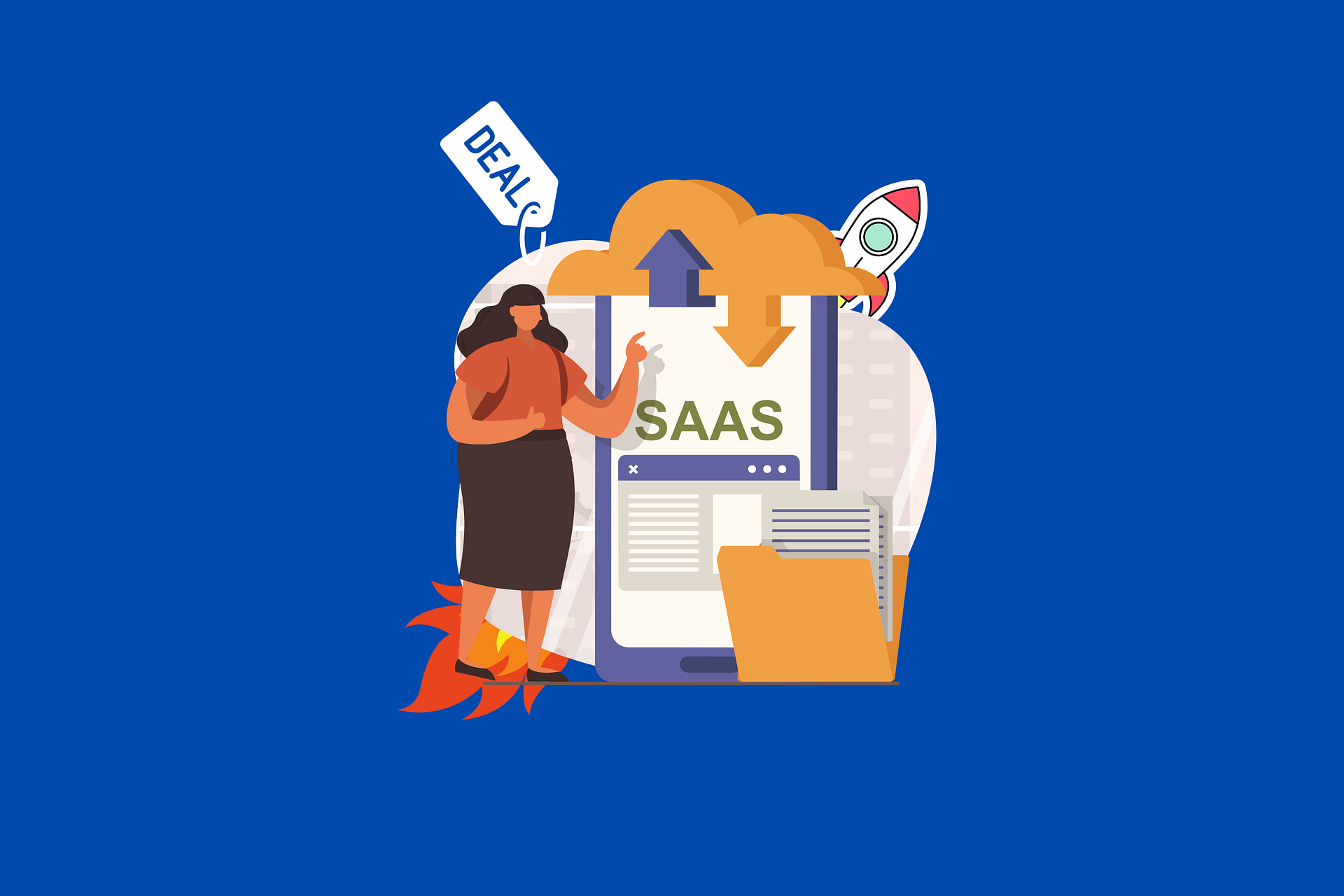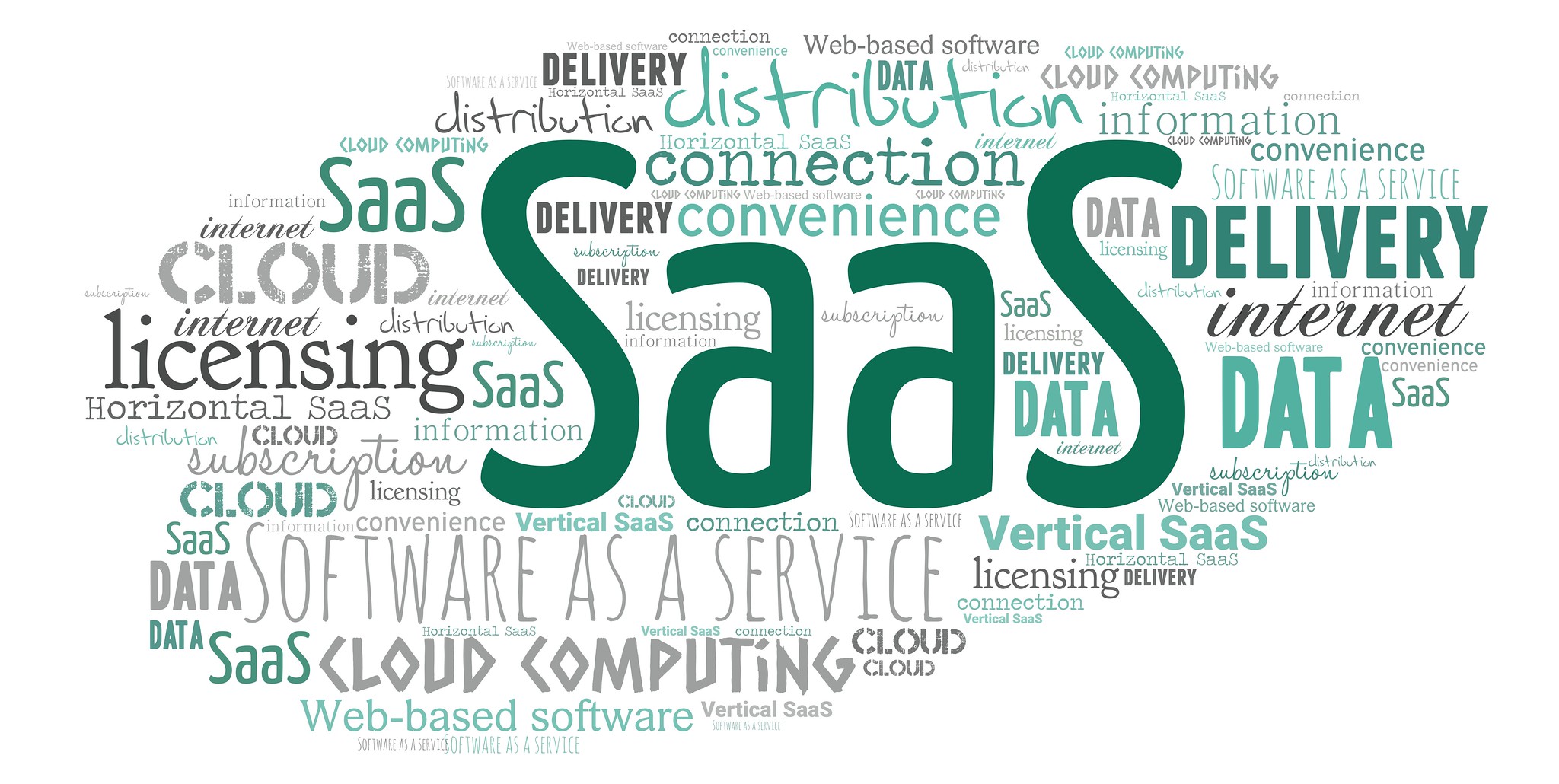Starting a SaaS company is exciting, but making it a success can be quite challenging.
Customer success is frequently undervalued. Often businesses struggle to see the effort required to perfect this relationship. It is a continuous process that requires hands-on management at all stages.
When it comes to SaaS (software as a service) companies, they go through a continuous learning process. Though every SaaS founder is in it to solve specific problems, they may make mistakes along the way.
Some manufacture the best products, while others may suffer unprecedented losses due to uncertain issues. When you break in and get the code, this technology is fantastic. However, making the cut is difficult, and many SaaS startups fail as a result of poor strategy, planning, and communication.
Knowing what these mistakes are can help you prepare for and avoid them. Below, we have listed some of the biggest SaaS mistakes and how you can fix them.
Not Understanding the SaaS Model Correctly
The SaaS business model is not that straightforward. It entails being in charge of the database, servers, software, and plans that support the product.
The product is a cloud-based software that you can access from any device that has an internet connection. The SaaS product architecture enables users to select a combination of plans that best suits their needs.
Recurring payments generate revenue on a monthly or yearly basis. Customer success and retention are the keys to continuing to do business in SaaS.
One of the biggest mistakes people make when doing business in SaaS is not understanding the model. Therefore, before deciding to jump in make sure you fully understand the model and how you can use it to achieve customer success.
Having an Unclear Picture of Your Ideal Customer
Everyone in your company must have a thorough understanding of what their customer’s goals are and how the product can help them achieve those goals.
When developing new features and tools, the product team must consider use cases, while the sales team must consider user pain points when scheduling demo calls.
It is critical to creating customer personas, and having every team on board not only reduces team friction but also has a direct impact on the customer experience. As a result, it is crucial to have a clear picture of your ideal customer in your mind.
Unaware of Audience Expectations
Many SaaS companies are unaware of their target audience’s needs. To provide a better solution, try to understand what the audience wants.
Determine the market size, customer profiles, ideal customer behavior, market segmentation, niche, and potential substitutes by tracking and mapping a list of potential customers.
Understand the needs of your customers and consult with them to develop the best strategy for them. Make sure to offer upgrades and be competitive to develop a customer-friendly strategy.
Concentrating Solely on Objectives
Now that you’ve defined your customers’ objectives, keep in mind that meeting them is only the bare minimum. You must also consider the user’s experience while attempting to reach that goal.
Be proactive with clear indicators of long-term customer health. An NPS (net promoter score) survey, for example, reveals customers who are using the product but aren’t satisfied. You’ll also be able to follow up with in-app surveys to ask how they can improve their experience.
Failure to Prioritize the Customer
The golden rule of customer success is prioritizing your customer. Pushing new features, upsells, or promotions when your users aren’t ready will lead to failure. Or, if you have a tool with multiple use cases, you may completely miss your customer’s job to be done or persona.
To avoid this mistake, you can segment your audience. The criteria will vary, but you can segment by use case or behavioral segments.
The main advantage of segmenting users is the ability to show them in-app experiences or push them to perform specific actions that will get them to faster. You’ll also be able to show them resources or promotions tailored to their stage in the user journey.
Not Enough Automation
Customer success teams must maintain constant contact and relationships in order to share best practices, initiate customer training, and go beyond.
There’s a lot to do, and it’s easy to become overworked and lose sight of the big picture. To make the process easier, you can implement in-app self-service support resources as well as create contextual product walkthroughs. This helps you improve user onboarding (as opposed to older linear product tours).
In addition, you can work with call center companies that are ready 24/7 to help customers with any questions or problems they might have. Such companies can help build a better relationship with your customers, which is what usually brings customer success.
Inadequate Market Research
Before starting any business, you need to do market research. If a SaaS company enters the industry without first conducting research, it may fail.
To avoid this, you must be familiar with the software trend, various features, customer types, pricing points, specific interests, and other trends. You should also consider market competition because if it is too crowded, you will waste a lot of resources and money. Finally, you must identify actual customer pain points and solve their problems.
Mistakes in Contract Framing
For a Saas company, the contract length is critical. You may have to deal with contract terms that are not in your favor in many cases.
To consider long-term outcomes, a SaaS company must examine renewal clauses, payment terms, and price points.
Make sure to examine your contract for long-term success and competitive pricing. You must also be able to anticipate future pricing issues and seek out better contract terms.
Poor Onboarding Procedure
An ineffective customer onboarding process is bad news for any business, regardless of the product. Customers will churn faster if the onboarding process is not valuable to them.
It is critical to ensure that the customer onboarding process is simple. SaaS companies can accomplish this through the use of helpful videos, newsletters, written guides, tutorials, and other resources.
A clear customer onboarding process includes the following components:
- Setting up a simple signup process
- Having an email as part of the welcome process
- Designing an onboarding process
- Product walkthrough
- Resolution of tickets process
- In-app messaging settings.
Ignoring Customer Feedback
One common error that SaaS companies make is failing to take customer feedback seriously. Customer feedback improves services and products, demonstrates that you value customer feedback, boosts retention, and boosts customer satisfaction.
If your SaaS product fails to meet customer expectations, you can consider their feedback. Because your goal is to assist customers in achieving their objectives, knowing their feedback is critical to success.
To avoid this, take feedback regularly and seriously. The primary keys to doing so are soliciting feedback on a monthly/quarterly basis, communicating with customers frequently, and establishing a customer-centric company. Also, using multiple communication channels and monitoring them will make room for feedback requests.
Don’t Mistake Silence for Success
It’s a common misconception that silence on the customer’s end automatically means success. Customers, like people in general, do not always speak up when something goes wrong.
This is why you must diligently monitor metrics and data, which frequently reveal underlying issues or red flags. A customer relationship could be saved if you addressed a problem that the customer has not yet identified.
Not Considering Expansion Revenue
In every SaaS business, you must understand how product success translates into company growth. Typically, SaaS companies in the same category are linked through various groups and communities. You can ask your current customers to refer others by providing feedback.
A SaaS company must use customer success software to generate a flood of expansion revenue such as upsells and renewals. Offering coupon codes, discounts, and promotions are other ways to encourage customers to refer others. You can even use an affiliate program to reach out to new customers and streamline the process.
Not Reducing Churn

A customer success manager must identify the patterns that lead to recurring customer churn. Where are most users leaving? Which section?
You can take initiative by:
- Monitoring customer usage, churn indicators.
- Getting ahead of a problem by addressing any bugs or glitches that you uncover.
- Reaching out to customers for feedback using in-app micro surveys.
Not Getting to the Bottom of the Problem
Churn and lost revenue are significant issues for customer success leaders. However, these are all just symptoms of deeper underlying issues.
It is critical for customer success leaders and executives to identify the root cause of recurring customer churn rather than simply patching up the holes. It is important to pose the question where can processes and procedures be changed to ensure that these problems do not reoccur?
Not Analyzing Campaign Performance
It is critical for SaaS businesses to analyze campaigns and create patterns. As a SaaS company, you must nurture customers while keeping products, people, and brands in mind.
Companies must support and resolve customer issues. Customer nurturing will improve their understanding of the product. The best way to accomplish this is to give your customers a sneak peek at the product and observe them using it.
Place conversion triggers and keep an eye out for inactive leads. Discover their problems and assist them in overcoming them.
Not Tracking Metrics
A major issue for a Saas company is not knowing your numbers. Many SaaS companies do not keep accurate financial records. They simply track monthly recurring revenue and assume everything is in order.
However, the magic is in the details. You must track lifetime value, customer acquisition cost, conversion rates, customer satisfaction scores, and other key metrics. You can do metrics tracking with customer success software to implement best practices and policies.
Uncertainty About the Value Proposition
Many SaaS companies do not differentiate themselves in terms of value. You must make it easier for customers to understand what distinguishes you from competitors.
Ascertain that your users are aware of the solution and its added value. A clear value proposition informs customers about how the product services will benefit them. Make sure your unique value proposition stands out from the crowd.
Final Thoughts
Starting a SaaS company is exciting, but making it a success can be quite challenging. To achieve success, you’ll need the right set of knowledge resources, technology, and tools. The key is to continue testing and implementing procedures in order to determine what works and why. Take feedback seriously, listen to others, evolve with the times, and hold yourself accountable to users and the product.


Join the conversation!